
Culture
14:00, 02-Jun-2018
SCO member states' cultural symbols: Embracing differences
CGTN
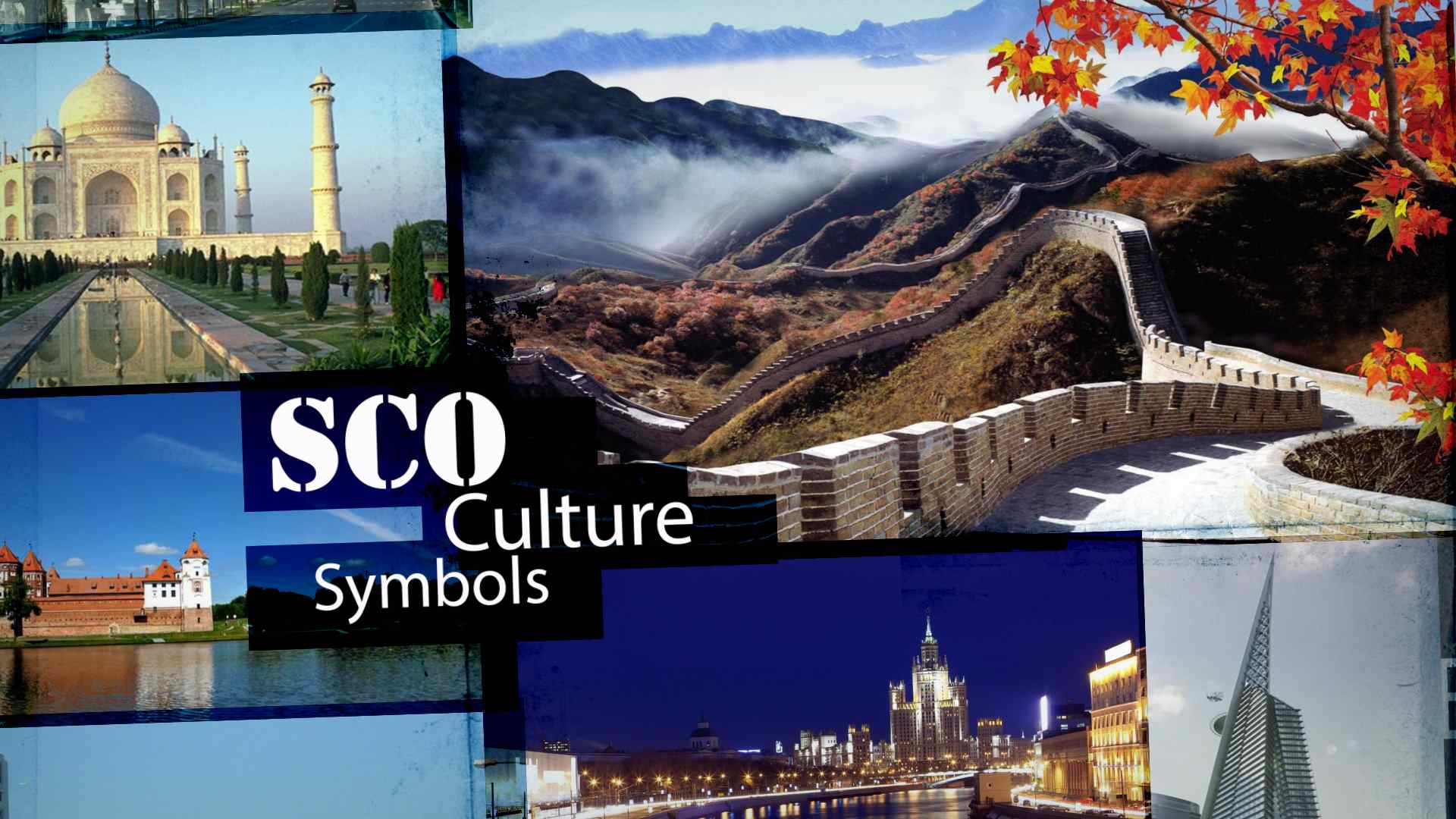
How much do you know about SCO member countries? Located in the East, they share many different cultural roots and customs.
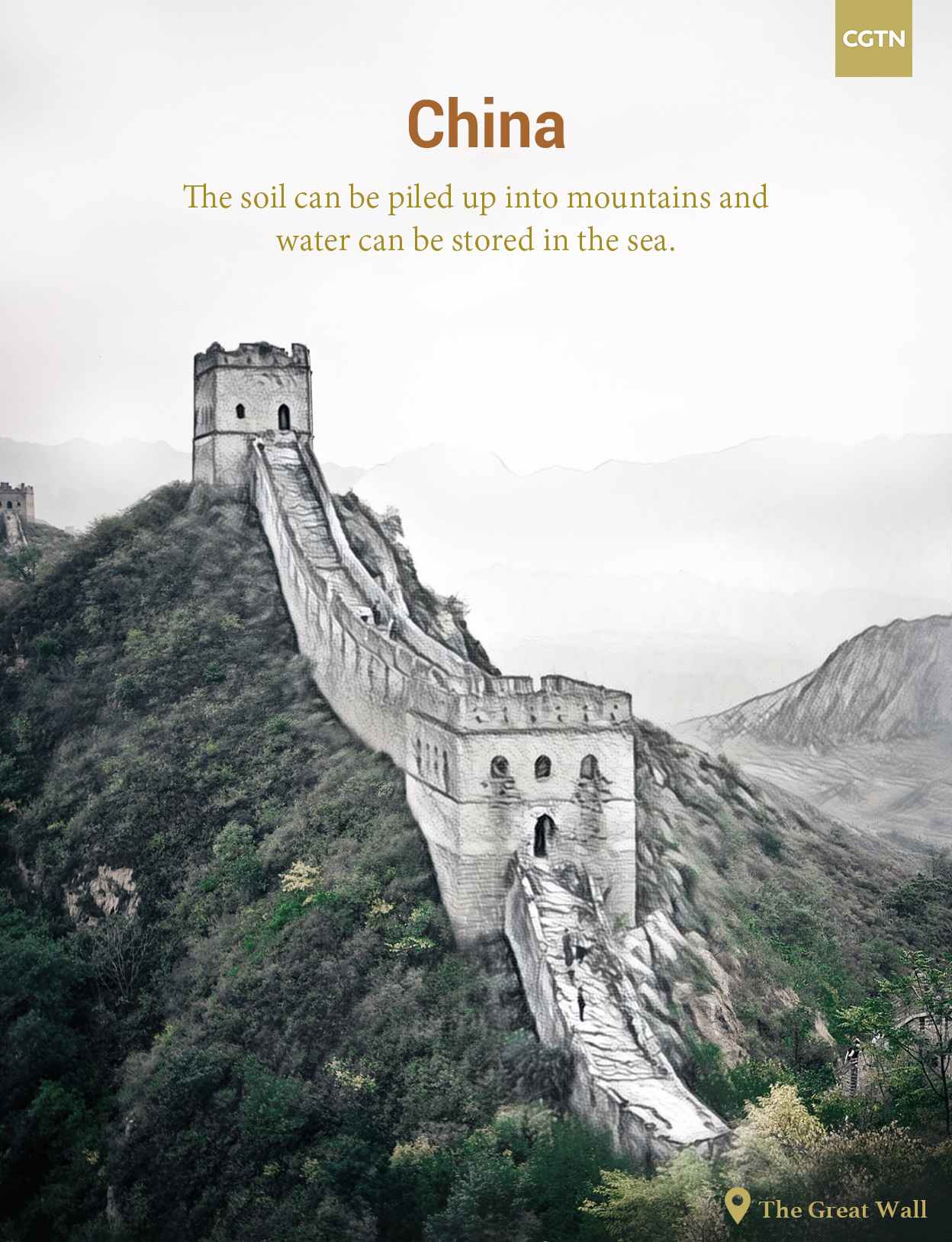
CGTN Photo
CGTN Photo
China – The Great Wall, Dragons and Kung Fu
As a country with a history of more than 5,000 years, China is rich in civilization and culture, but what best represents China?
A dragon is a legendary creature, typically with serpentine or reptilian traits. The dragon symbol is frequently used on ancient Chinese emperor's items including chairs or costumes. It is considered a representation of power.
Kung Fu or Martial Arts is composed of a number of fighting styles that has developed over centuries in China.
We should also always mention the Great Wall when talking about China. There is an old saying that goes, "He who has never been to the Great Wall is not a true man." The Great Wall, one of the greatest wonders of the world, is a destination one must see when visiting China.

CGTN Photo
CGTN Photo
Kazakhstan – 'Five Fingers' and the Yurt
Kazakhstan's people love eating ‘five fingers," but not the typical fingers you grow on your body. It’s a typical Kazakh dish – Beshbarmak, a dish consisting of boiled horse or mutton meat and is the most popular Kazakh dish. It is also called "five fingers" because of the way it is eaten. The chunks of boiled meat are cut and served by the host in order of the guests' importance.
If you were in Kazakhstan, but did not see the white Kazakh yurt on the green meadows of jaylyau, you have no idea what Kazakh people’s life is really about. The traditional Kazakh dwelling is the yurt, a tent consisting of a flexible framework of willow wood covered with varying thicknesses of felt.
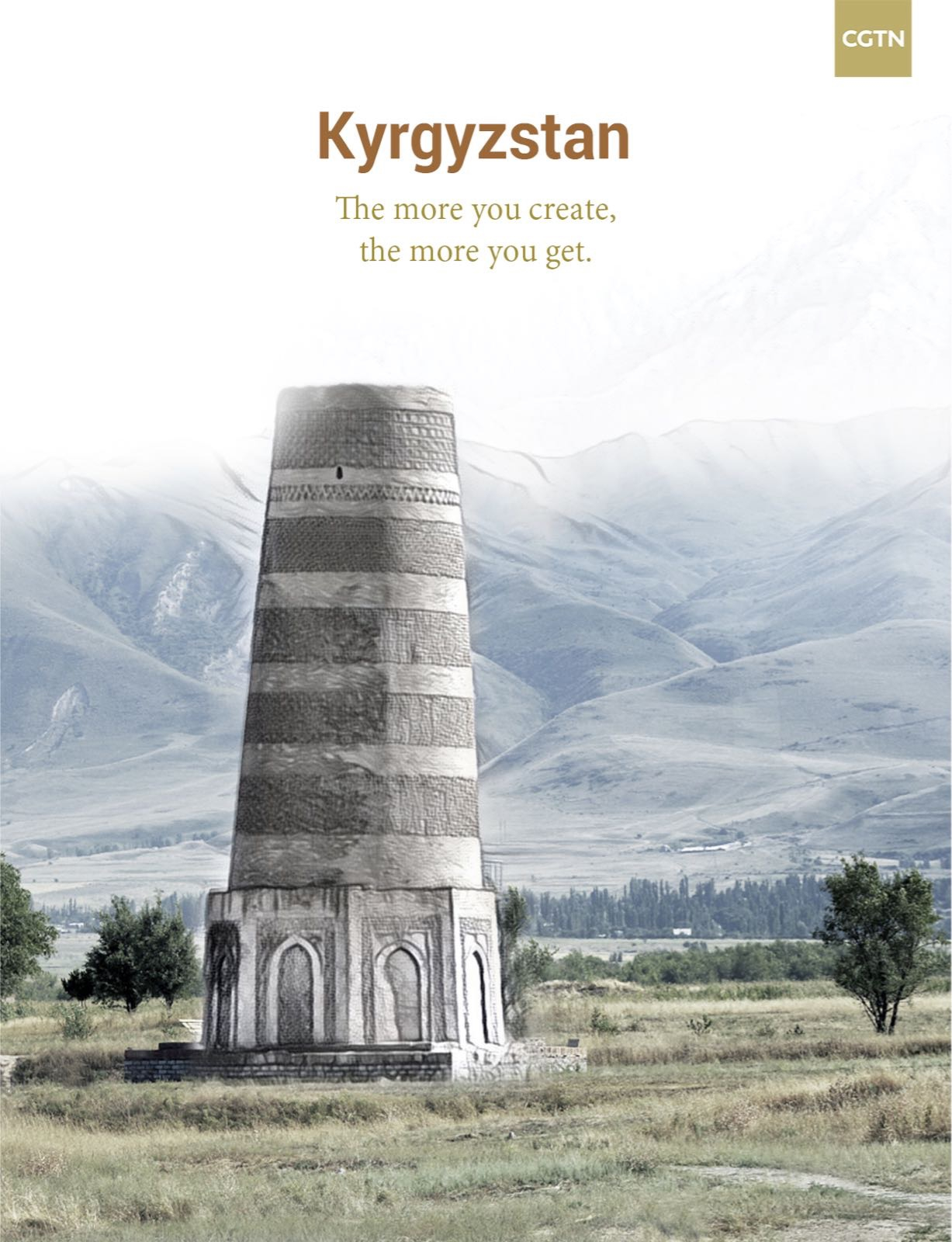
CGTN Photo
CGTN Photo
Kyrgyzstan – Horses, Green and Right Hands
No nation loves horses more than Kyrgyzstan's people do. They regard horses as a symbol of good luck. Speaking of luck, Kyrgyzstan people prefer green, thinking that this is the color of life and symbolizes beauty and good fortune.
They are jealous of black and black is seen as the embodiment of death. In public places, people in Kyrgyzstan are very particular about behavior and must be civilized. Tattooing, spitting or licking ears in front of crowds is classed as unpleasant. People in Kyrgyzstan also advocate using the right hand when handing over items or shaking hands. If you use your left hand to do these things, it will make the other party feel extremely dissatisfied.
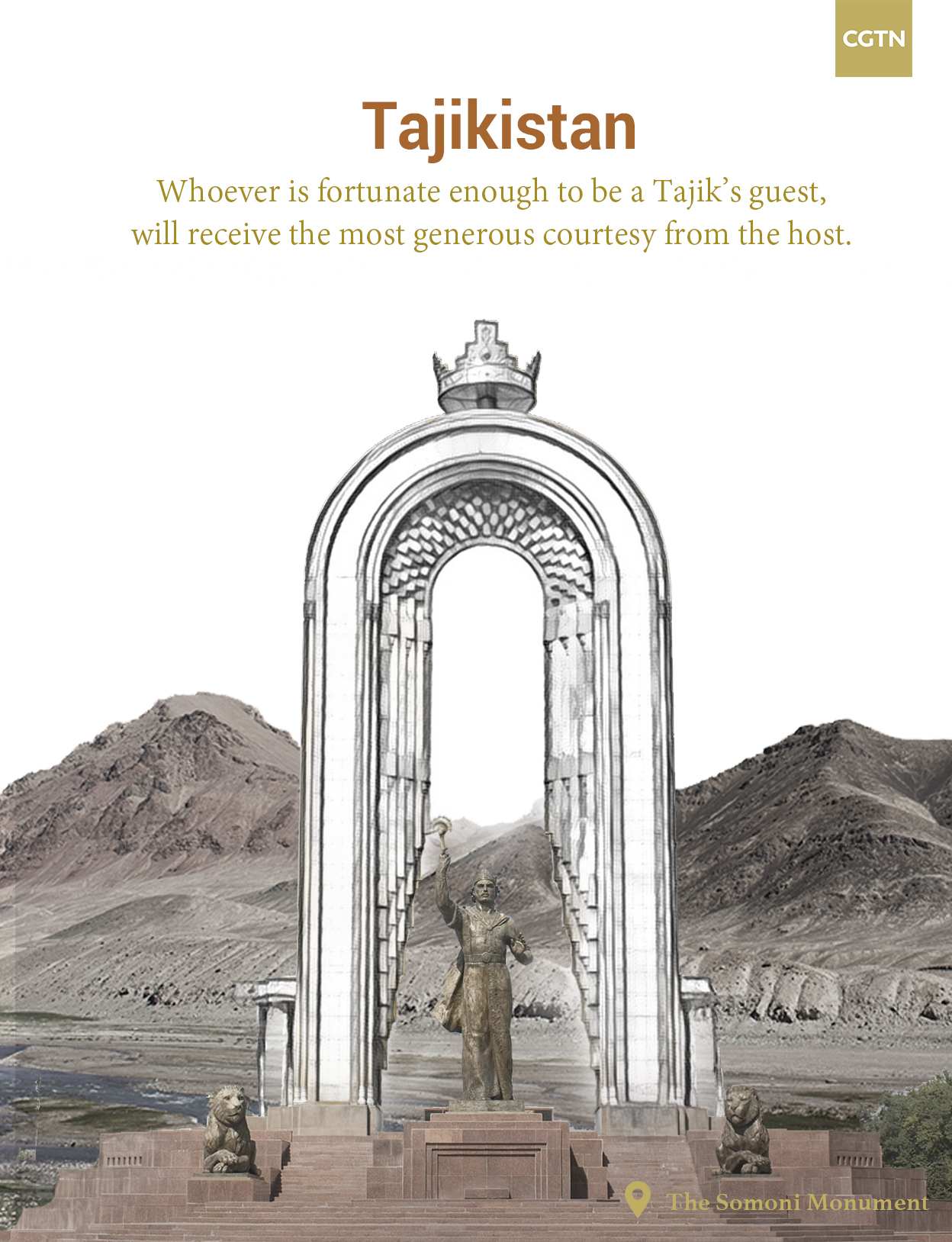
CGTN Photo
CGTN Photo
Tajikistan – Food and Mountains
When we talk about Tajik cuisine, it has a lot in common with Uzbek, Afghan, Russian, and Iranian cuisines, and is developed from Persian cuisine. It is known for dishes such as kabuli pulao, qabili palau, and samanu. The national food and drink are Plov and green tea, respectively.
Tajik cuisine offers a large variety of fruit, meat, and soup dishes. Traditionally, Tajikistani meals begin with small dishes of dried fruit, nuts, and halva, followed by soup and meat, and finished with Plov. Tea accompanies every meal, and is often served between meals as a gesture of hospitality. It is often drunk unsweetened.
If you love mountains, Tajikistan is definitely a good place to go. Tajikistan's mountains provide many opportunities for outdoor sports, such as hill climbing, mountain biking, rock climbing, skiing, snowboarding, hiking, and mountain climbing.
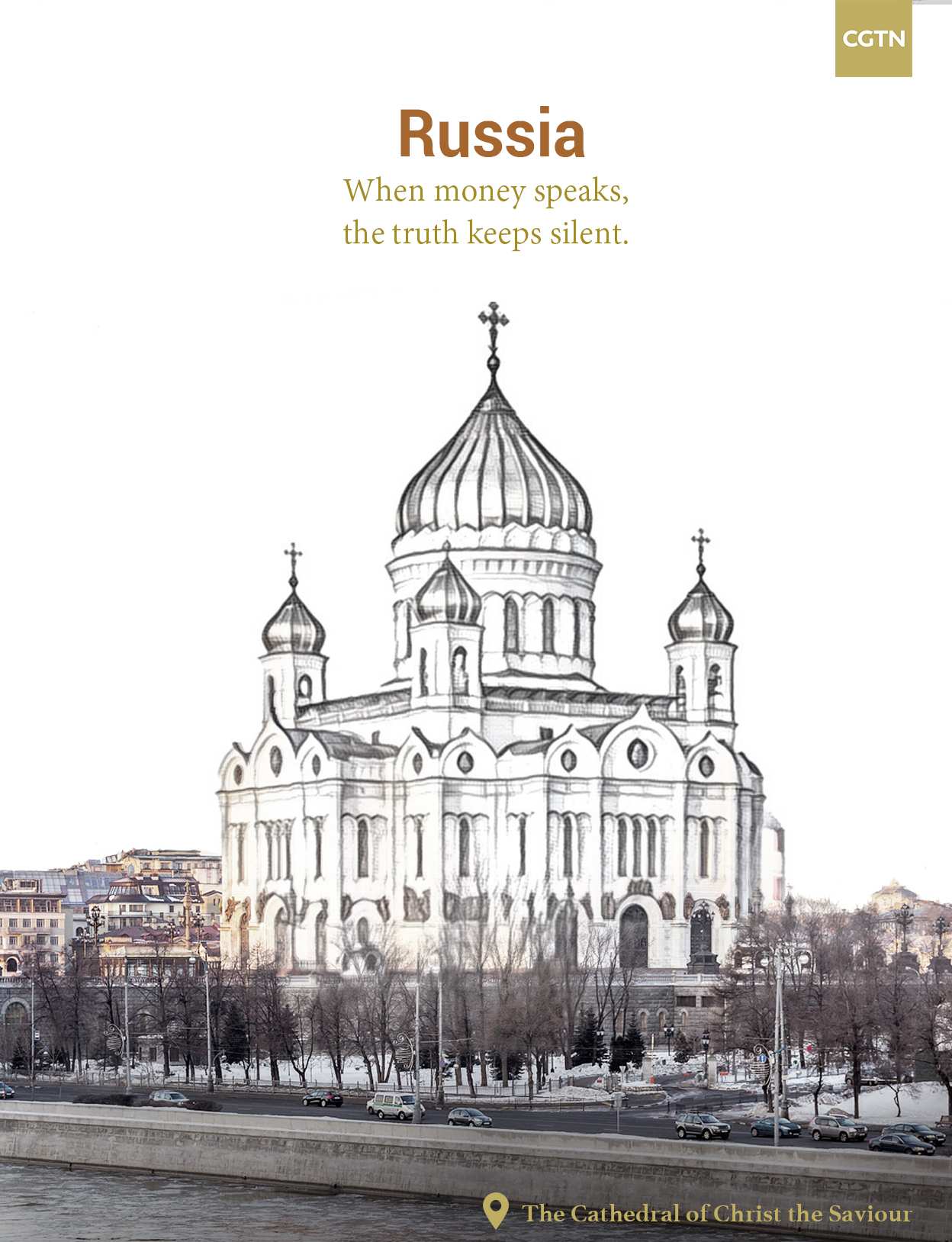
CGTN Photo
CGTN Photo
Russia – Vodka, Bathhouse and Matryoshka doll
When you think of Russia, almost without hesitation you think of vodka. Perhaps that’s a problem. But it’s a reality, as Russia has a profound love for the cool, clear booze known throughout the world. For Russian people, the bathhouse is one of the symbols of Russia culture. They also have a strong love of matryoshka doll – a set of wooden dolls of decreasing size placed inside one another.
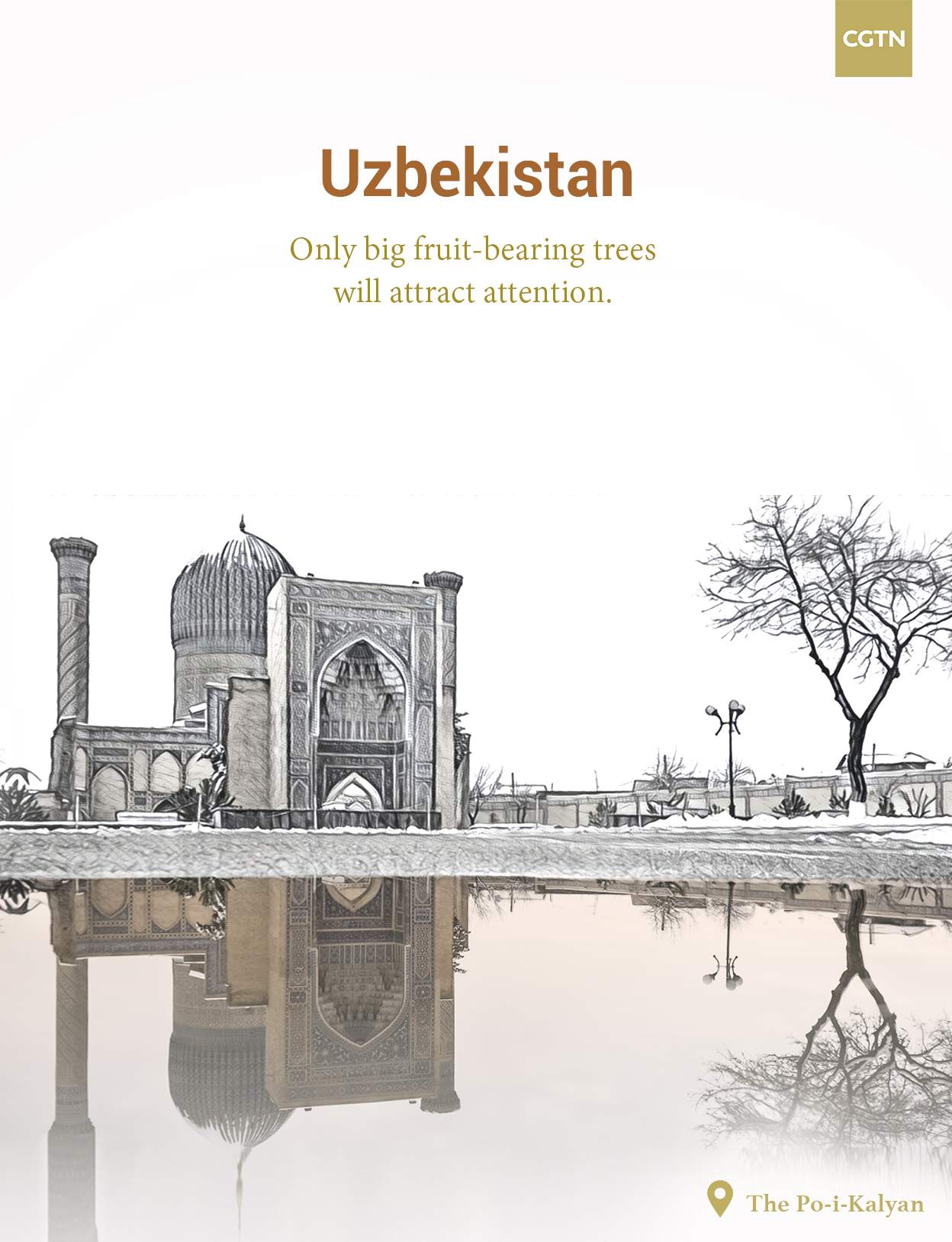
CGTN Photo
CGTN Photo
Uzbekistan – Home to UNESCO heritage sites and part of the Ancient Silk Road
Few people have an idea of where or what Uzbekistan is, but that’s the charm of it. With a rich, colorful heritage, Uzbekistan is definitely Instagram-worthy.
Uzbekistan was once part of the ancient Silk Road, the international route through which traders of silk and other precious goods traveled between Asia and Europe.
Uzbekistan is home to 4 UNESCO Heritage Sites: Itchan Kala-the inner fortress of Khiva, Bukhara – known as a city museum, the Historic Center of Shakhrisabz and Samarkand.
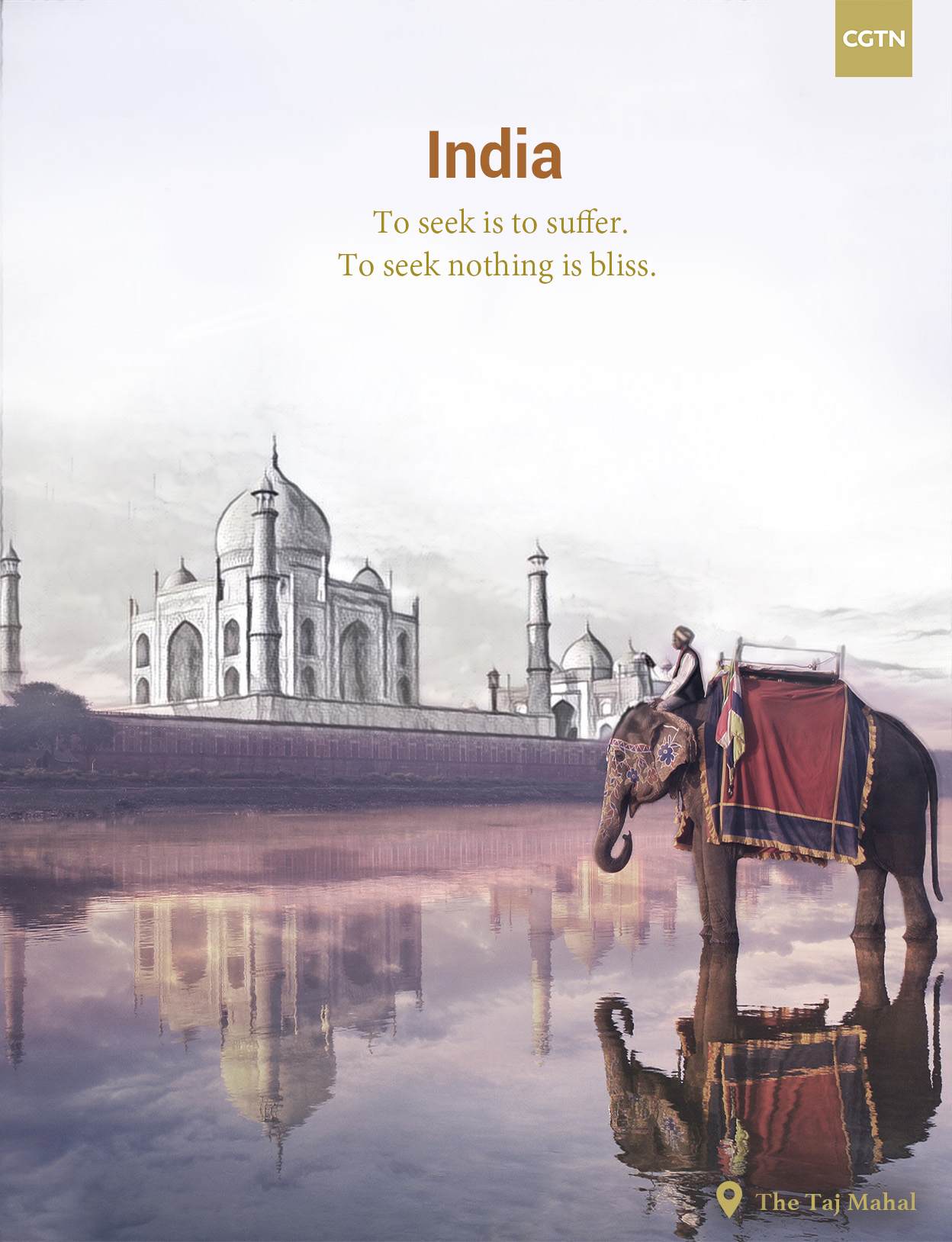
CGTN Photo
CGTN Photo
India – Curry and Taj Mahai
Who doesn’t love curry? – A good question to ask Indian people. They always seek a taste with a wide range of spices using a wide range of foods (fish, lentils, red or white meat, rice, and vegetables).
Indian people may have a problem choosing their favorite curry dish among Dhansak, Tikka Masala, Saag, Korma, Jaifrezi and Vindaloo – the six most popular types of Indian Curry.
You shouldn’t forget the Taj Mahal neither when talking about Indian culture. The Taj Mahal, meaning "Crown of the Palace," is an ivory-white marble mausoleum on the south bank of the Yamuna river in the Indian city of Agra. The Taj Mahal was designated as a UNESCO World Heritage Site in 1983 for being "the jewel of Muslim art in India and one of the universally admired masterpieces of the world's heritage."
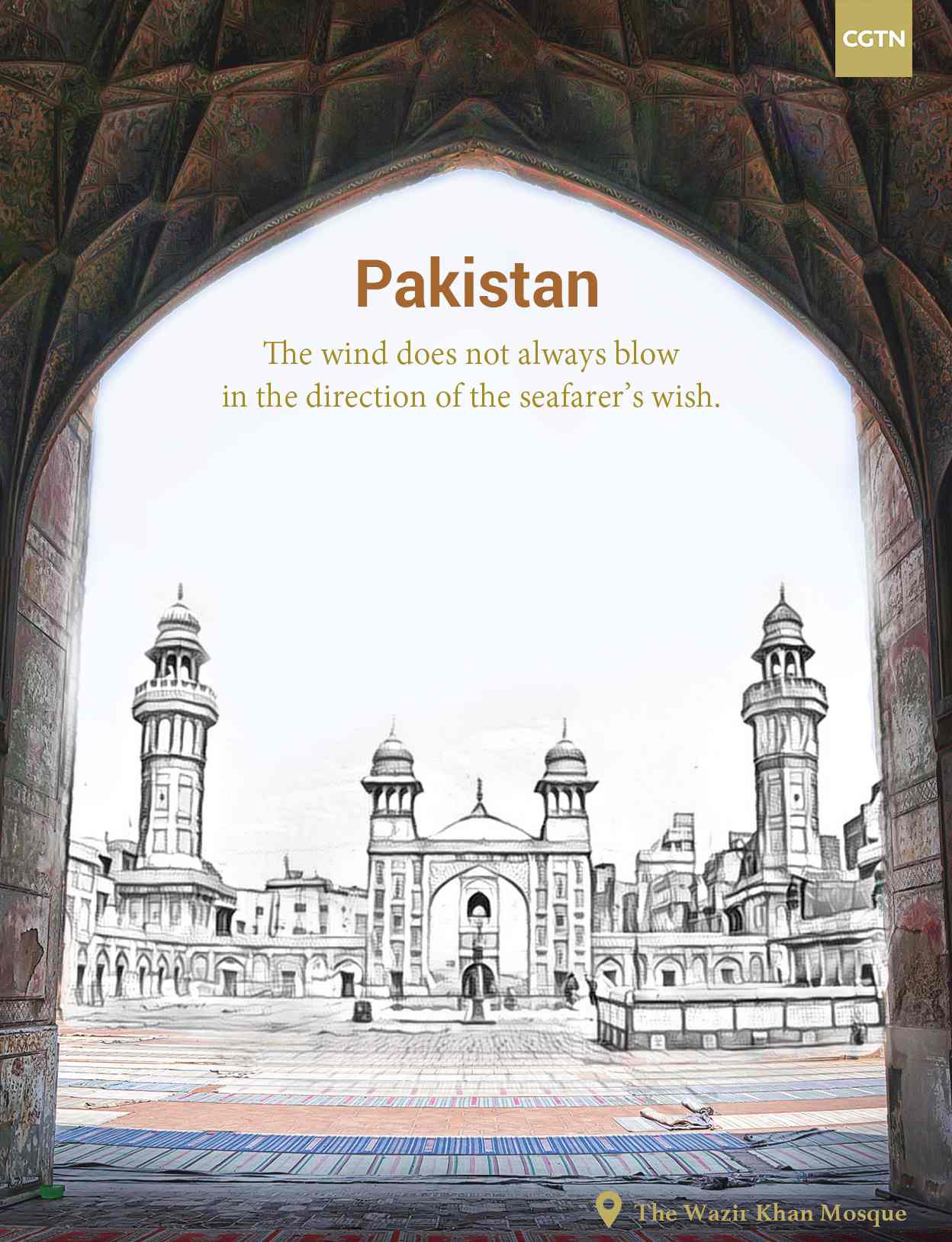
CGTN Photo
CGTN Photo
Pakistan – Mohenjo Daro and Biryani
Two things come to mind when we talk about Pakistan – Mohenjo Daro and Biryani. As one of the world's earliest cities and the center of a powerful ancient civilization, Mohenjo Daro – a Bronze Age metropolis boasting flush toilets and a water and waste system to rival many in modern Pakistan.
Mohenjo-daro, Sindhi for Mound of the Dead Men, was one of the largest settlements of the ancient Indus Valley civilization, and one of the world's earliest major cities, contemporaneous with civilizations of ancient Egypt, Mesopotamia, Minoan Crete, and Norte Chico. It was designated a UNESCO World Heritage Site in 1980.
Biryani, meaning "fried before cooking," is a dish made with a blend of aromatic spices, Basmati rice and a choice of meat: lamb, chicken or fish in a rich sauce. It has become a classic dish of South Asian cuisine, with a wide appeal to Desis and Westerners alike. Because of its connection to the royal courts of the Mughal Empire, it also stands out as a dish reserved for more special occasions.

SITEMAP
Copyright © 2018 CGTN. Beijing ICP prepared NO.16065310-3
Copyright © 2018 CGTN. Beijing ICP prepared NO.16065310-3